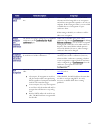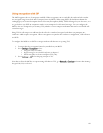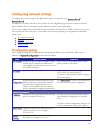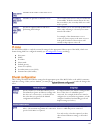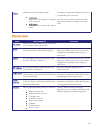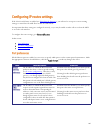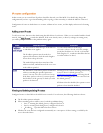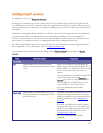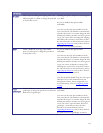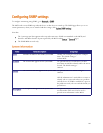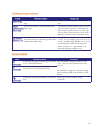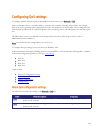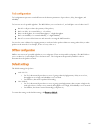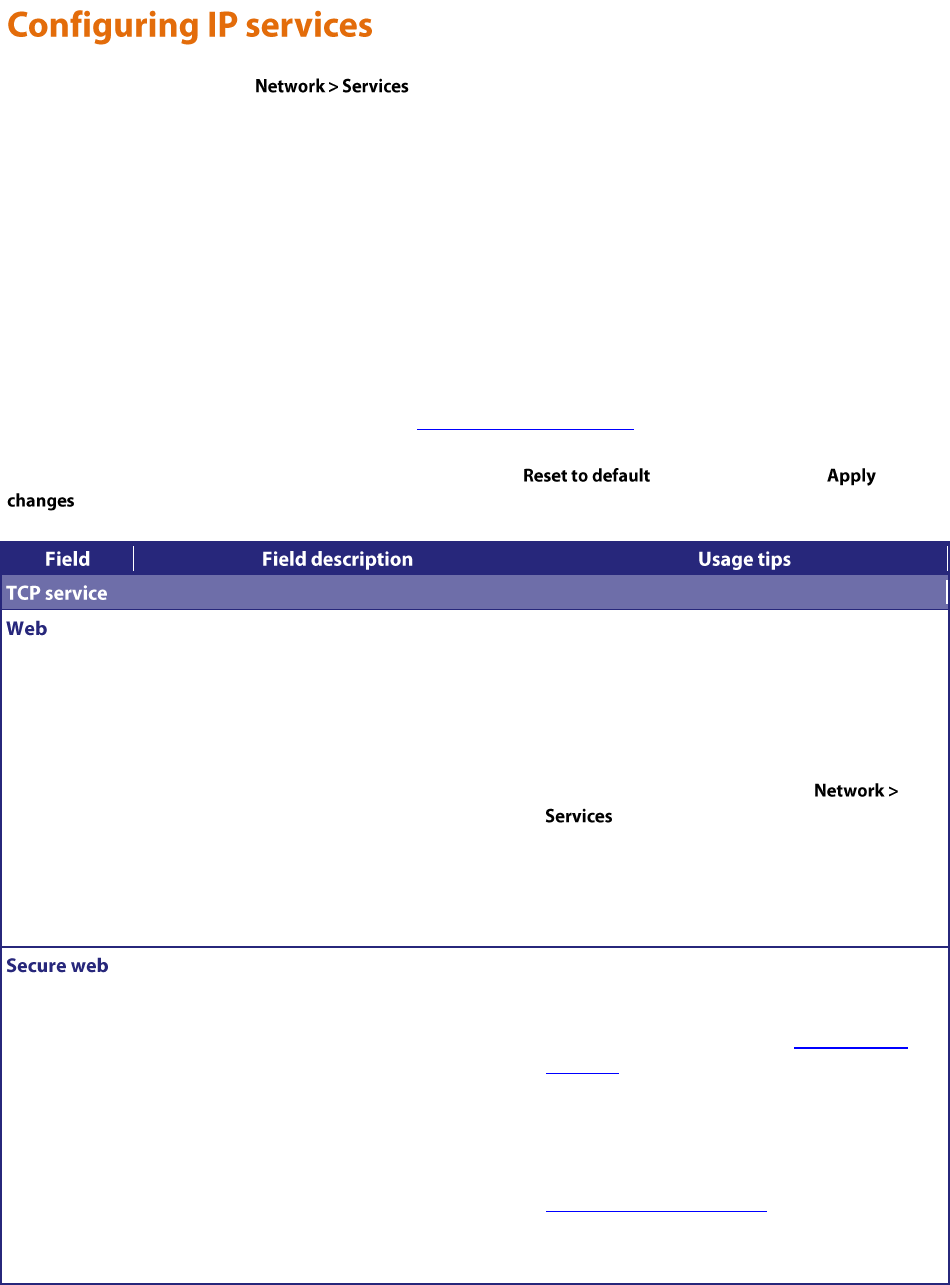
143
To configure IP services, go to .
Use this page to control the type of services that may be accessed via Ethernet Ports A and B. You might use this if
one Ethernet port is connected to a network outside your organization's firewall, and you wish to restrict the level of
access that external users are entitled to, for example, by disabling FTP access via Port B. Refer to the table below for
more details.
In addition to controlling the Ethernet interfaces over which a service operates, this page also allows an administrator
to specify the port number on which that service is provided. If the port number for a service is changed, it is
necessary to ensure that the new value chosen does not clash with the port number used by any of the other services;
it is not, however, normally necessary to use anything other than the pre-configured default values.
Note that by default SNMP Traps are sent to port UDP port 162 (on the destination network management station);
this is configurable. For more information, refer to Configuring SNMP settings.
To reset all values back to their factory default settings, click the button and then click
.
Enable/disable web access on the specified
interface or change the port that is used for this
service.
Web access is required to view and change the
MCU web pages and read online help files. If you
disable web access on both Ports A and B you will
need to use the serial console interface to re-
enable it.
Note that QuickTime uses RTSP by default which
is listed as Streaming (other) on the
page. However, the QuickTime player
can be configured to use HTTP (that is it will
come from the web service port) instead.
If a port is disabled, this option will be
unavailable.
Enable/disable secure (HTTPS) web access on
the specified interface or change the port that is
used for this service.
This field is only visible if the MCU has the Secure
management (HTTPS) feature key or an Encryption
feature key installed. For more information about
installing feature keys, refer to Upgrading the
firmware.
By default, the MCU has its own SSL certificate
and private key. However, you can upload a new
private key and certificates if required. For more
information about SSL certificates, refer to
Configuring SSL certificates.
If a port is disabled, this option will be
unavailable.



